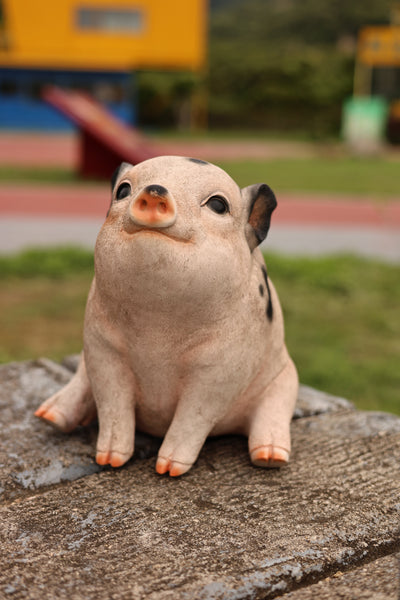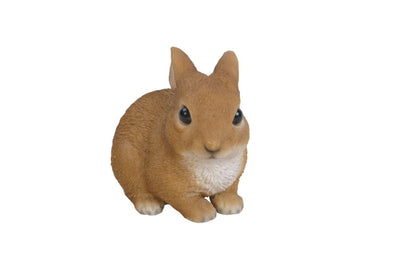Eco-Friendly Garden Decor: Sustainable Choices for Stylish Outdoors
Designing an eco-friendly garden combines sustainability with aesthetic appeal, allowing you to create an outdoor space that is both beautiful and environmentally conscious. By incorporating recycled materials, solar-powered lighting, and upcycled furniture, you can enhance your garden's charm while minimizing its ecological footprint.

Incorporating Recycled Materials
Utilizing recycled materials in your garden decor is a practical approach to sustainability. For instance, transforming old glass jars and bottles into lanterns not only repurposes items that might otherwise be discarded but also adds a unique touch to your outdoor lighting. This creative reuse reduces waste and infuses your garden with personalized charm.
These approaches also double as diy low budget ideas, giving you the freedom to design sustainably without overspending.
Embracing Solar-Powered Lighting
Solar-powered lighting offers an energy-efficient solution for illuminating your garden. These lights harness solar energy during the day to power LED bulbs at night, eliminating the need for traditional electricity and reducing your carbon footprint. Available in various styles, solar lights can adorn pathways, highlight garden features, and create a cozy ambiance without increasing energy consumption.

Product in picture: Multi-leveled Solar Powered Fountain With Warm White Leds
Upcycling Furniture for a Sustainable Touch
Upcycling furniture is an excellent way to combine functionality with eco-friendliness in your garden. Reclaimed wood, sourced from old buildings or discarded furniture, can be transformed into benches, tables, or planters, adding rustic charm and reducing the demand for new materials. This practice not only conserves resources but also imparts a unique character to your outdoor space.
Small touches like Paint Accents in the Garden can further elevate the look of upcycled pieces, blending creativity with sustainability.
Additional Sustainable Practices
Beyond decor, implementing practices like rainwater collection can further enhance your garden's sustainability. Installing rain barrels under downspouts allows you to collect rainwater for irrigation, reducing reliance on municipal water systems and promoting water conservation.



















Leave a comment